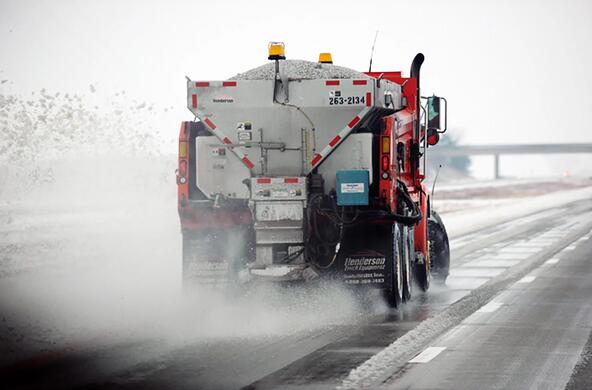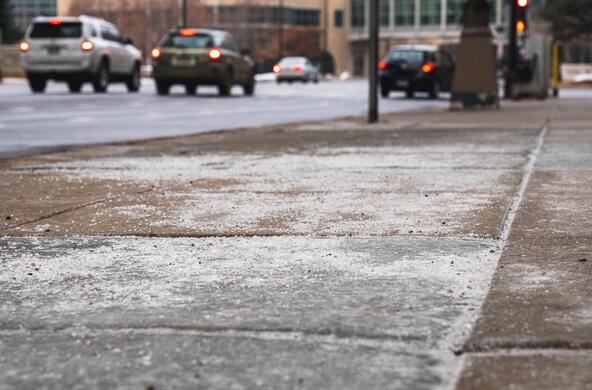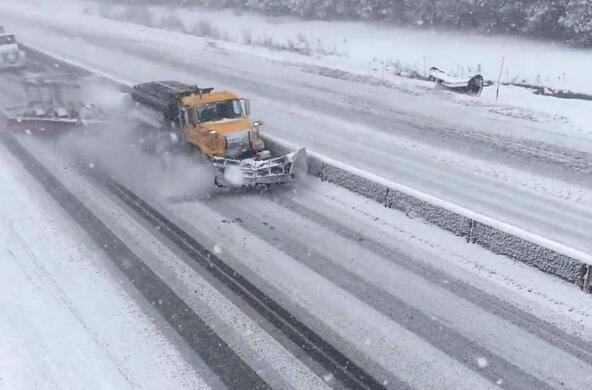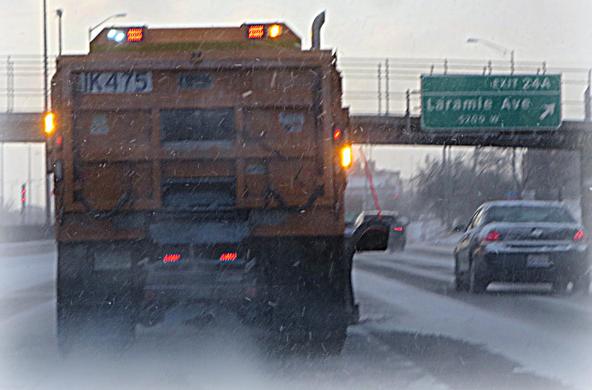It makes our roads safer, but is polluting our waterways.
Each year in the US, we use 15-32 million metric tons of road salt to keep winter roads free of ice and snow. A growing body of scientific evidence has found that our dependence on road salt comes at a cost to the environment and human health.
High salt concentrations can corrode infrastructure, salinize drinking water, and harm sensitive wildlife and important food sources for fish and insects.
Our research has revealed that the impacts of road salt do not stop when winter ends. Salt pollution can take decades to flush out of ecosystems. If salt continues to accumulate at its present rate in the Northeastern US, surface and well waters will become increasingly unhealthy for humans and wildlife by the end of this century.
We want to know...how bad is the salt pollution problem?
Tracking the salinization of freshwaters. By analyzing freshwaters regionally and nationally, we are determining how extensive salt pollution is, how roads and landscape features contributes to salt levels, and areas most at risk of salinization. This knowledge can guide best management practices.
Understanding the legacy of salt in the environment. Salt pollution lingers in ecosystems. Studies of freshwaters across the continent and in our own backyard are revealing long-term impacts of salt pollution and threats to drinking water supplies.
Cary is working to change salting practices.
National experts joined our management-based road salt forums that focused on building awareness about the road salt pollution problem and sharing effective salt reduction strategies being used in the Northeast and throughout the snowbelt region.
Proceedings from our forums were the basis of a Cary report: Road Salt: The Problem, The Solution, and How to Get There. It details best management practices that highway departments, municipalities, and individuals can adopt to minimize road salt pollution without compromising public safety.
By changing application methods to be more efficient and improving road salt storage, we can reduce the negative impacts to our waterways.






